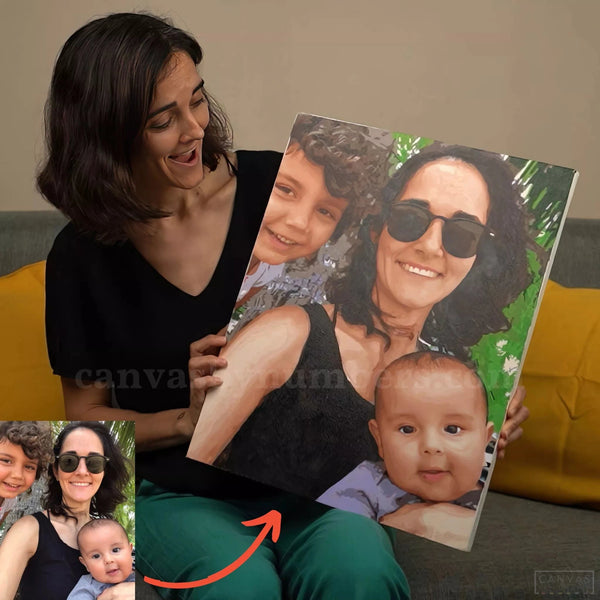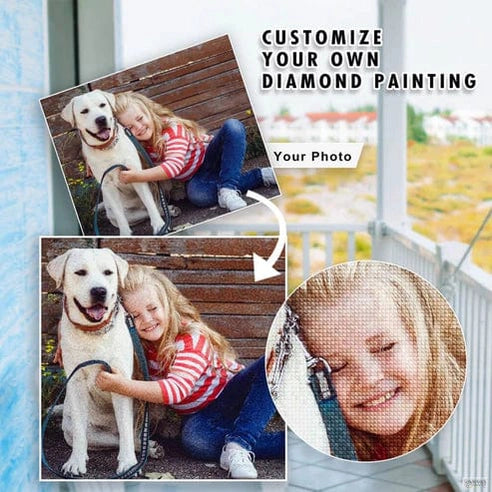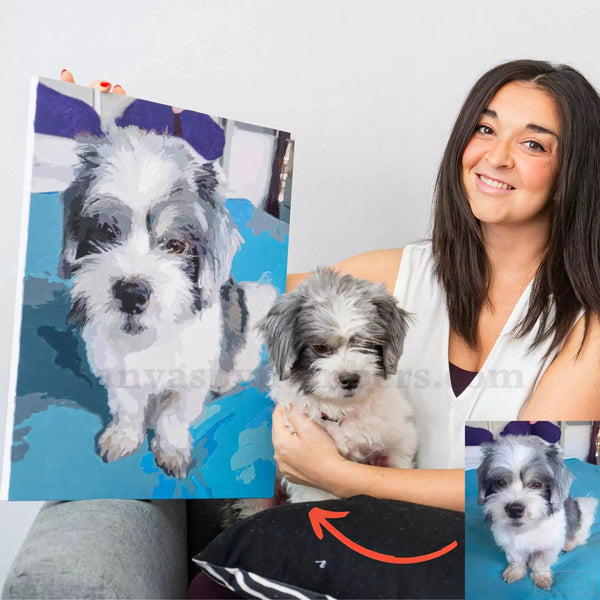Recommendations
1 - Image resolution/quality
The quality of your photo will greatly affect your custom painting result. The image resolution depends on how many dpi (dots per inch) it has. What is DPI, and why is it important? If an image has 300 dots per inch (dpi), that means that there is a lot of detail or information within that 1 square inch, while an image that has only 72 dpi has very little detail.
Browsers typically use 72 dpi (the bare minimum, so images are lighter and can load faster), and while your image might look okay on your screen, we're talking painting kits here. Always go for the highest dpi & size possible. The larger the file, the more detail we will be able to capture. Most mobile phones have 72 dpi, which is the lowest and most common, so if you don't have a raw camera file with higher dpi, try to get the maximum size (and 4000x4000 pixels image will always be better than a 700x700 pixels image).
The two images below will look almost identical at first glance:


This quick zoom test is a great tool to know how good your photo is. You can also check the image properties on your mobile or desktop. The higher dpi and the more pixels, the better. If you don't know how to check your image resolution, here's a quick guide to do so on Windows and Mac.
2 - Distance from the image subject
Pick a minimum of 36 colors. The more colors, the better your custom kit will look when it comes to portraits. You can also go for 24 colors, but detail will be reduced acccordingly.
3 - Pick the right canvas size

4 - Pick a photo with neutral lighting
- GOOD lighting. The main subject of the picture must receive light correctly. For example, you could send a selfie taken in the night if the faces are clear and lighten up! Please avoid images that are too dark as this will affect colors.
- NO instense background light. The light should always come from the camera angle.
- NO shadows on the skin. Shadows can completely change the color palette, creating dark patches.
- NO color filters! The light should be completely natural. Rephrase from using tints such as yellow, blue, purple or green, which are very popular in social media or in some photography apps.



